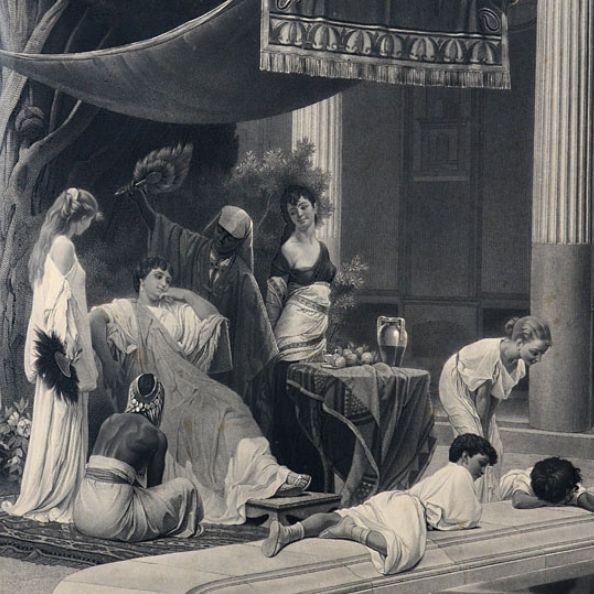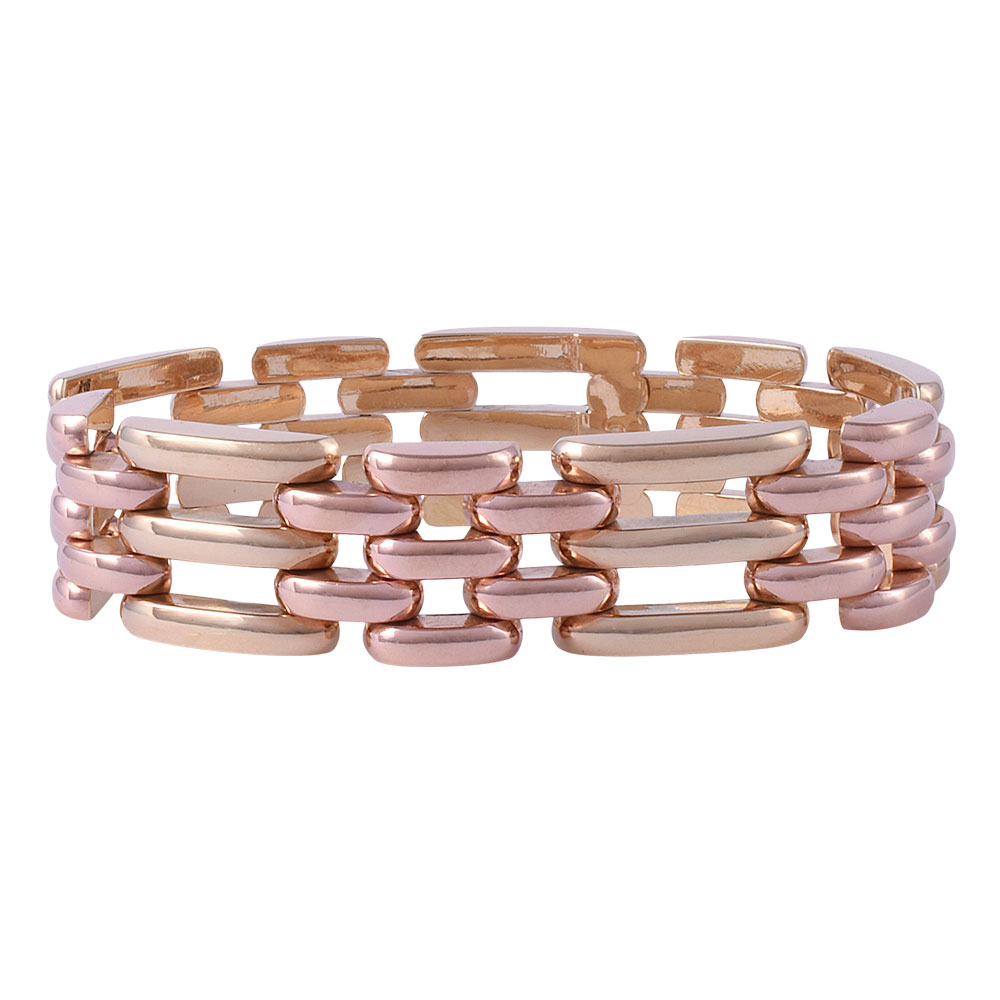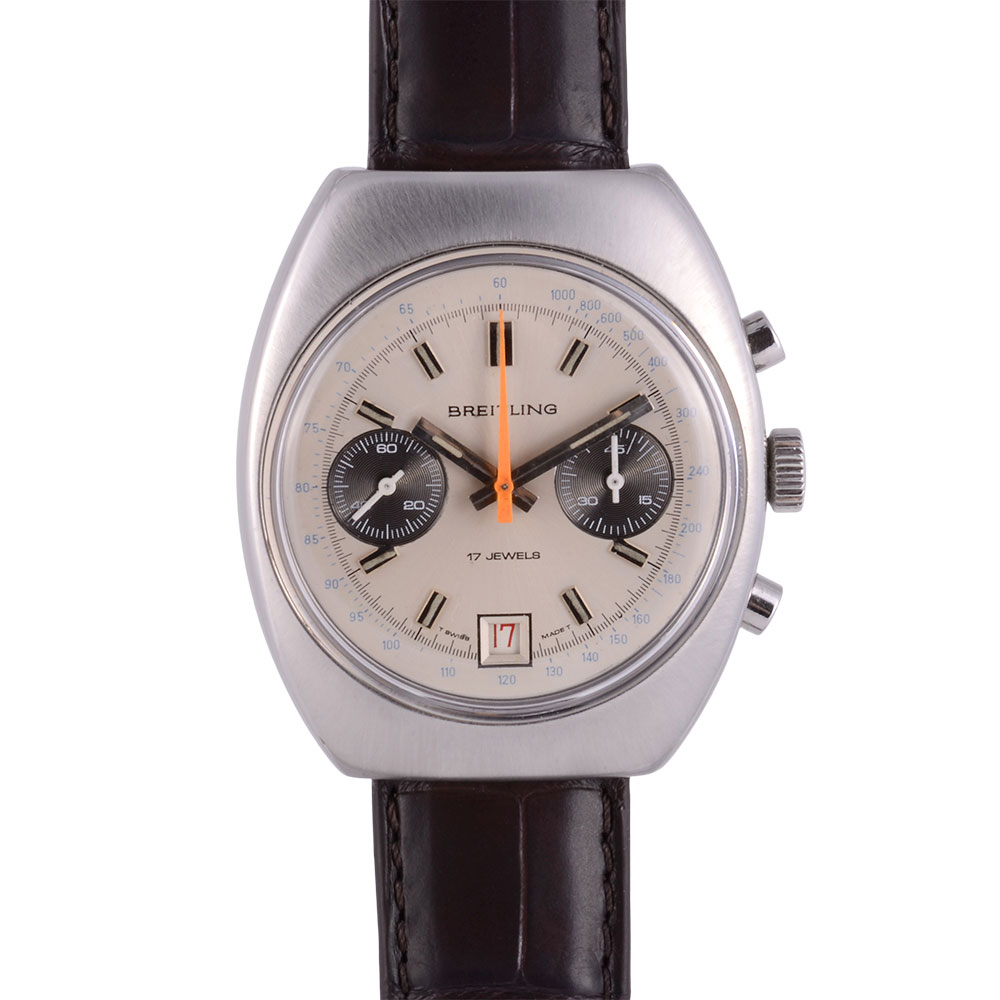Collectible Art: The Difference Between Etching & Print


Two types of collectible art are often confused: etchings and prints. As you begin exploring collectible art, the difference between etching and print becomes significant to your appreciation of your pieces and their value.
All Etchings Are Prints, but Not All Prints Are Etchings
A print is the result of transferring an image from a wood, stone, metal, or glass surface to paper, fabric, or canvas.
All etchings are prints in that the design on the etching is transferred to paper. Etching is a more complex, multi-step process than printing.
How Artists Make Etchings
An artist covers a metal plate with wax or resin, called the “matrix” or “ground,” to make an etching. Then, they use a sharp tool called a burin to scrape away the protective wax only in the areas needed to create an image. Submerging the metal plate into an acid bath causes the acid to “bite” into the unprotected lines of the drawing, creating grooves in the metal.
The depth of the grooves or lines can create shading and contrast in the image. Artists may submerge some parts of the plate longer than others by re-covering some parts with resin and leaving others exposed to deepen the grooves in the unprotected areas.
When the artist completes the acid bath, they clean the plate and apply ink, which sinks into the grooves made by the acid. Then, they wipe the ink off raised areas that aren’t supposed to appear in the image.
Finally, the artist covers the inked plate with damp paper, and perhaps another soft cloth to protect the plate, and uses a heavy roller to press (or “print”) the paper onto the plate, transferring the image.
How Are Prints Different Than Etchings?
The images transferred to paper from an etched plate are prints, but the difference between etching and prints in collectible art is significant. Etching is labor-intensive.
Prints transfer an image by pressing ink directly onto a carving made of wood or a flat stone surface treated with wax, chemicals, or water that will either attract or repel grease and oil. This includes oil paint. Printing doesn’t require the artist to cut lines and burn them into metal with acid. This medium is less labor-intensive than etching.
Collecting Prints and Etchings
Etchings won’t have dots like those you’d see in a newspaper photo when viewed through a magnifying glass. The lines are smooth. Etchings usually have a border or “plate mark” around them, created when the roller presses ink on the plate.
There may be a signature in pencil on the lower left and a raised stamp along with it. These are both easy to fake, so don’t rely on these marks alone to assess an etching.
Prints produced in limited runs have numbers indicating when in the process the print was made. If it’s known that the artist made only 100 copies, and the one you’re looking at has “14/100” on it, then it was the 14th of 100 prints.
Solvang Antiques maintains a collection of antique art pieces that includes both etchings and prints. Browse our collection online and call us with any questions you have.



